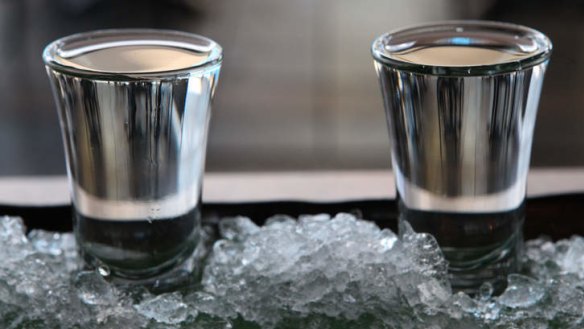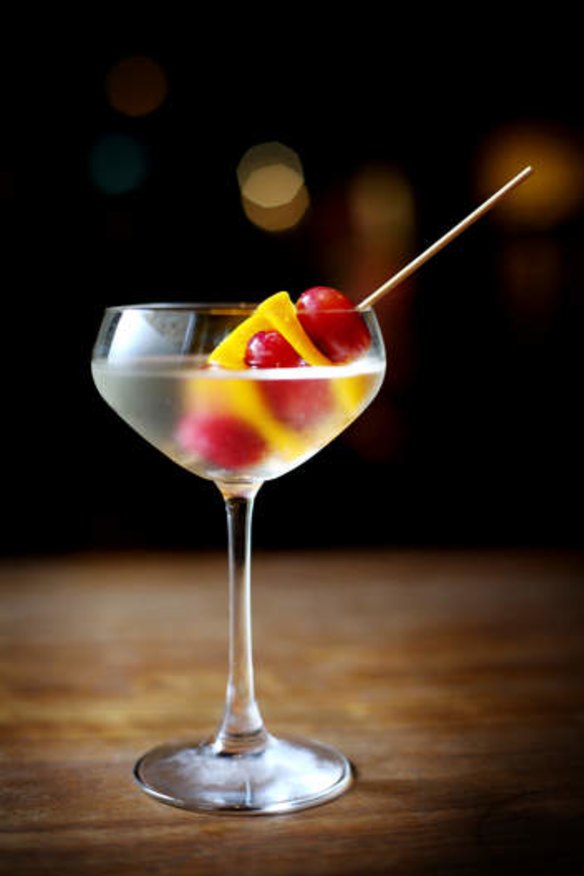Umami in a glass: why you should match sake with food

Brewed like beer, often mistaken for a spirit, but with the food-matching versatility of wine, it's easy to feel a little confused by sake – and that's before you've even tackled the label. Add in the fact that the average sake virgin thinks the stuff is treacherously potent (it's not – today's sakes have a similar alcohol content to wine) and you start to see why this underrated drink has been so misunderstood outside Japan.
The good news for Australian drinkers is that sake is getting the full sommelier treatment in some of the country's top bars and restaurants. In Sydney you'll find excellent examples at Pinbone and Quay, and Melbourne somms at Saint Crispin and the Town Mouse have all embraced the sake wave.
From its former days as rough-and-ready rocket fuel for boozed-up businessmen (sake bomb, anyone?), this rather elusive fermented rice drink has reinvented itself. Slinking out from the shadows of seedy karaoke bars and into the glasses of sophisticated diners and cocktail drinkers, the new-gen sake is now proving itself as an excellent match for a wide range of cuisines – not just Japanese.

Take Vue de Monde and Attica, where you'll often see high-end sakes successfully matched with deeply complex dishes as part of their degustation menus. At Andrew McConnell's pan-Asian Supernormal, sake stars in fun cocktails such as the Pop Up, where full-bodied junmai sake is shaken into a refreshing, frothy beer-like drink with house-made seasonal fruit syrup, egg white and soda.
Supernormal sommelier Leanne Altmann says she loves sake's versatility: "There's just so much complexity, that's what makes it really exciting. Sake's savoury umami characters are something that sets it apart from wine, particularly when matching with meaty dishes."
So why has it taken us so long to accept sake? Ultimately, it's a reputation thing. It took a while for the Australian market to banish misconceptions of the sake we used to drink (known as futsuu, which loosely translates as "ordinary"). The cheap, rough stuff showed none of the delicacy and finesse of the sakes on today's menus.
"Initially, Westerners thought sake was a hot alcoholic shooter that got you really drunk," explains Shaun Presland, executive chef at Sake Restaurant & Bar. Relying less on quality and more on the addition of cheap, distilled alcohol, the potent brews of old were served hot in order to mask the product's inferior quality.
Premium sake, known as ginjo, relies on pure ingredients, labour-intensive processes and meticulous attention to detail, and thanks to specialty importers such as Sydney's Black Market Sake, Australian sommeliers have been progressively exposed to the charms of some of Japan's best artisan sakes.
According to Marc Esteve Mateu, sommelier at the Press Club, "sake has something to give that wines can't", most notably texture and umami, "that next flavour", he says. For the restaurant's current menu Esteve Mateu has matched an intricate crab and tuna dish with the full-bodied Houraisen Beshi Tokubetsu junmai, which he says elevates the dish's various starring elements – crab, tuna and puffed rice cooked in wagyu fat – well beyond where they'd otherwise go with wine.
Sake chef Shaun Presland concurs, "Matched well with food, sake sings notes that wine doesn't come close to."
- More:
- Drinks